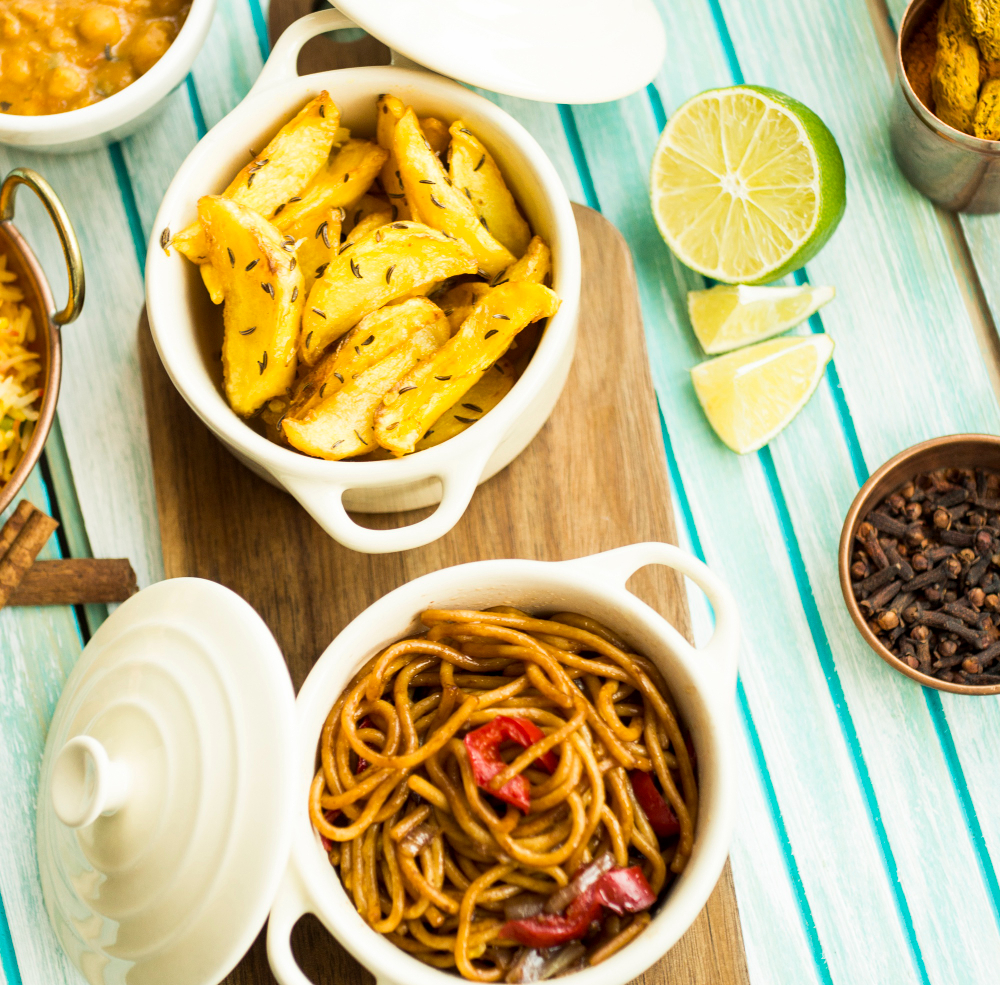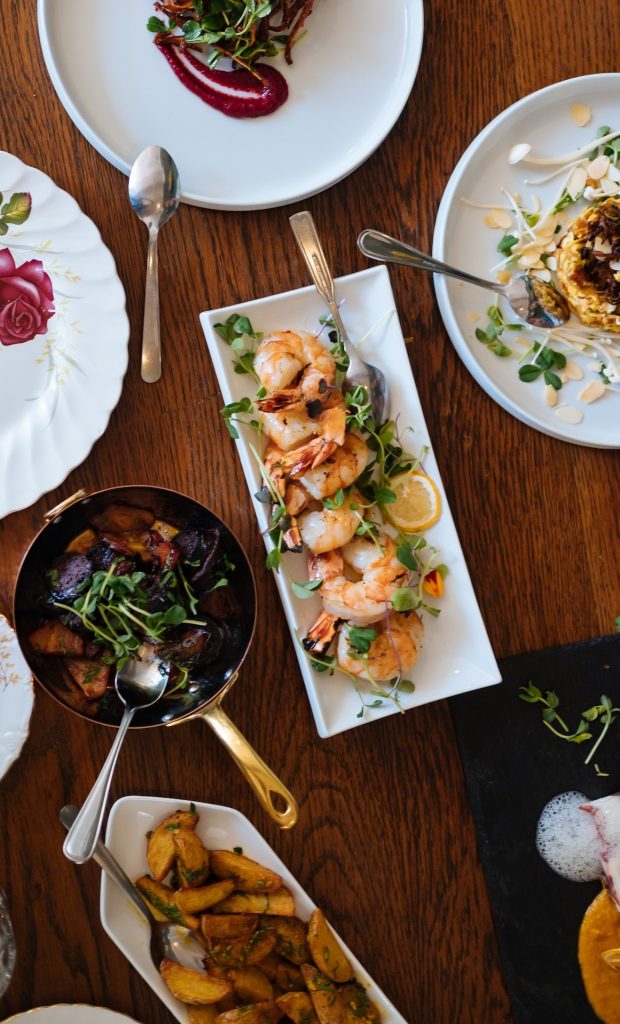Mentaiko Pasta is a delectable cod roe pasta made in the tradition of Japan that only requires a few simple ingredients. Given that it features a rich, creamy sauce that is oozing with umami, it makes sense why this new classic has become a mainstay in Japanese homes. Mentaiko literally translates to “child of mentai,” and the word “mentai” comes from the Korean word myeongtae, which is the name for the cod-like Alaska pollock. Alaska Pollock, despite occasionally being referred to as “Pollack roe,” is actually a member of the Gadus (cod) genus, which is perplexing because mentaiko is actually Cod roe.
Preparing the dish
This dish is very easy to prepare and comes together in a matter of minutes. The mentaiko itself is one thing you’ll need on hand that you most likely don’t currently have. Don’t be confused when sourcing for it, there’s a difference between mentaiko and tarako.
Alaskan pollock, a species of cod, is used to produce the traditional foods tarako and mentaiko. A thin, edible membrane that resembles the skin of a sausage holds the eggs together. You can eat tarako and mentaiko either cooked or raw, and they don’t have a particularly fishy flavour.
Tarako is seasoned with plain salt or brine. It is usually coloured with food colouring and can range in colour from pale pink to scarlet. Mentaiko on the other hand is spiced and seasoned with chilies. It frequently has a deep crimson colour and is umami-rich. Given that the Japanese word for “spicy” is karashii, it can alternatively be referred to as “Karashi Mentaiko.”
Given that there isn’t much demand for it and the fact that it freezes well, many Japanese supermarkets stock mentaiko in the freezer section. This is great news for us because it means we can always keep mentaiko in the freezer so that we always have it on hand. It doesn’t take long to defrost the roe sacs because they typically have a modest size.
Spaghetti should be placed into salted, boiling water to begin the pasta-making process. The eggs should then be scraped into a mixing bowl after the roe lobes have been cut open. Discard the skins that held the eggs together. Add some melted butter and soy sauce; you can use standard dark soy sauce or usukuchi (light) soy sauce, which has a saltier but more delicate flavour and a lighter colour.
When the pasta is finished cooking, simply add it to the bowl containing the mentaiko mixture and combine well. Once you’ve gradually added some of the pasta-cooking water, stir everything together until a smooth, emulsified sauce forms. Continue tossing until the noodles are barely coated and there is no liquid left to collect at the bottom.

Ingredients
- Salt
- 225g dried spaghetti
- 2 small lobes mentaiko (about 40 to 55g), depending on how strong you want the flavor to be
- 1 ½ tablespoons (20ml) light (usukuchi) soy sauce
- 6 tablespoons unsalted butter, melted
- Nori seaweed strips, for garnish
Directions
- Cook spaghetti in a saucepan of salted, boiling water for the recommended amount of time, or until it is al dente.
- In the meantime, split open the mentaiko lobes and remove the roe with a sharp paring knife. The remaining roe should be put in a sizable heatproof bowl with 2 teaspoons (10g) set aside for garnish. Stir together soy sauce and melted butter in the basin containing the roe.
- Use tongs to transfer the cooked spaghetti to a bowl containing the butter sauce. Pasta should be evenly coated in sauce, any extra liquid should have been absorbed, and a smooth, creamy sauce should have produced after adding 1/4 cup (60ml) of the pasta boiling water. Place in serving bowls; then, sprinkle nori strips on top of each bowl and add the reserved roe. Right before eating, mix the nori and roe garnish together with your chopsticks.
Related posts
Popular Posts


